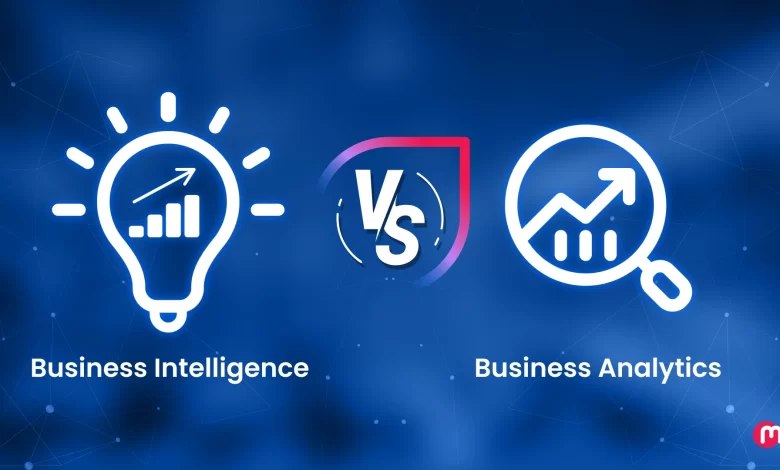Business Intelligence vs Business Analytics: What’s the Difference?

Business Intelligence (BI) and Business Analytics (BA) are two essential tools that help organizations harness the power of data to make informed decisions. While BI focuses on understanding historical and present data to track performance and trends, BA goes a step further by using statistical analysis and predictive modeling to forecast future outcomes and drive strategic growth.
BI is all about collecting, managing, analyzing, and visualizing raw organizational data to gain useful insights. It helps decision-makers understand what has happened and what is currently happening in their business operations. BI platforms like Tableau, Microsoft Power BI, and Qlik Sense provide instant answers to questions about past sales, inventory levels, and performance metrics.
On the other hand, BA involves analyzing structured, unstructured, and semi-structured data to discover insights that can be used to improve decision-making. BA techniques like data mining, forecasting, and predictive modeling help organizations shape their future by understanding why certain events occurred and what actions should be taken to optimize outcomes.
While BI focuses on descriptive analytics, answering questions like “what and how it happened,” BA delves into diagnostic, predictive, and prescriptive analytics to uncover patterns, predict future trends, and recommend the best course of action. Both BI and BA complement each other, with BI forming a solid foundation for BA to innovate and stay ahead of the competition.
When choosing between BI and BA, organizations need to consider their specific goals, data maturity, and the insights they require. While BI is ideal for tracking day-to-day operations and monitoring performance, BA is better suited for uncovering patterns, predicting outcomes, and driving strategic growth.
By combining BI and BA, organizations can leverage the descriptive power of BI along with the predictive capabilities of BA to gain a full-spectrum view of their data. This approach empowers businesses to make data-backed decisions, optimize operations, and stay competitive in a rapidly changing market.
In conclusion, both BI and BA play crucial roles in helping organizations interpret data for action. While BI focuses on understanding the past and present, BA looks towards the future to drive innovation and strategic growth. By utilizing both BI and BA effectively, organizations can unlock the full potential of their data and make informed decisions that lead to success.





